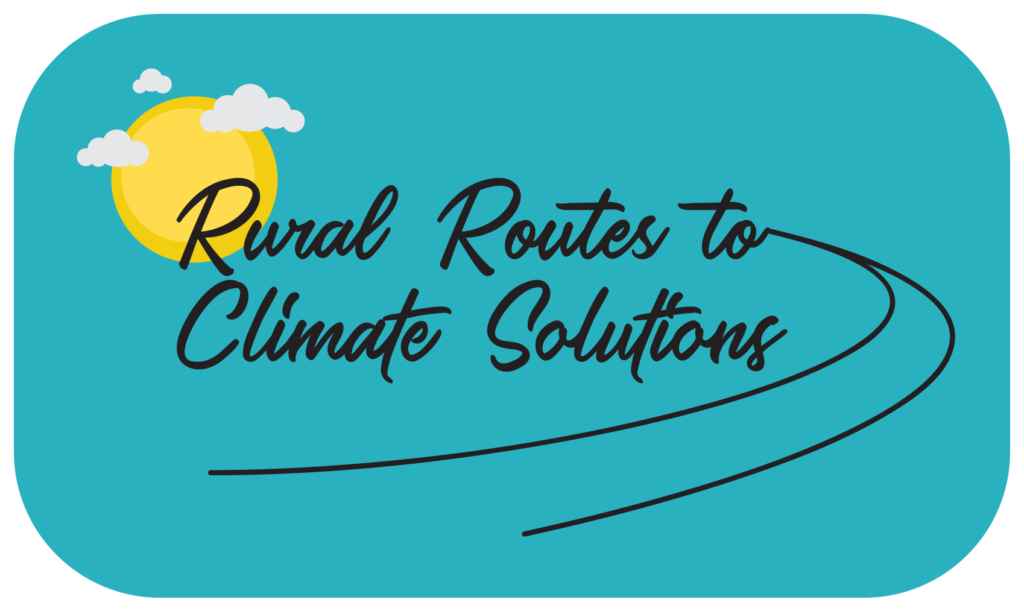Seeding Change: Polycultures at Work at Muddy Creek Ranch
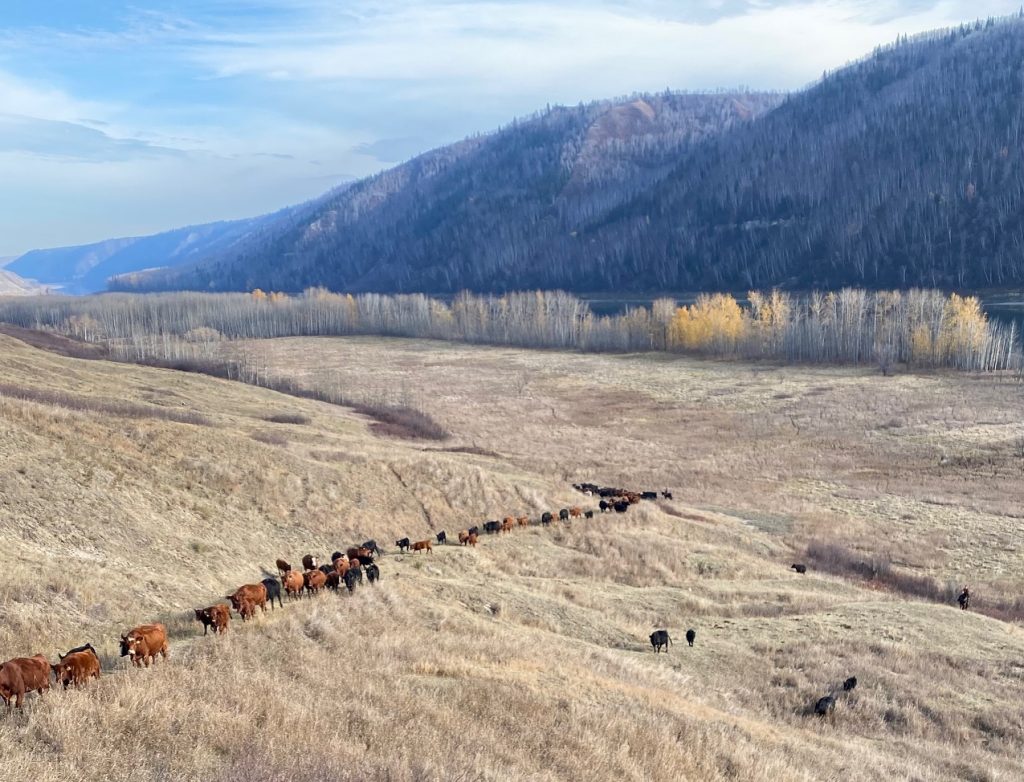
At Muddy Creek Ranch in Fairview, Alberta, rancher Garth Shaw is blending generations of farming tradition with new regenerative approaches to create a more resilient future for his land, livestock and family.
Rooted in the rolling grasslands of the Peace Country, Garth’s operation is centred on cattle, community and a growing commitment to soil health. His journey into regenerative agriculture began with a healthy dose of skepticism and a nudge from his daughter to try something new: polycultures.
What started as a small trial turned into a game-changer. Diverse forage mixes not only kept Garth’s cattle grazing through the harsh Alberta winter, but helped reduce feed costs, improved soil structure and sparked curiosity among his neighbours.
This blog explores how Garth’s shift to polycultures is transforming more than just his fields. From balancing winter feeding strategies to building community resilience, Garth’s story highlights the power of staying open to learning and leading with care—for the land, the animals and the people connected to both.
Whether you’re a seasoned rancher, just starting your regenerative journey or simply curious about what’s possible when you plant diversity, this story offers insights and inspiration from the ground up.
EP 76 Partners in the Ecosystem – SoR Part Eight
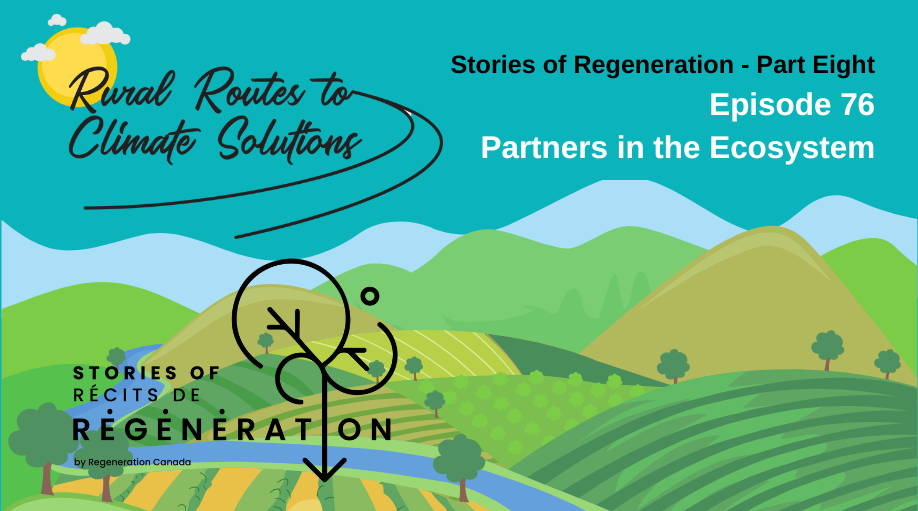
Podcast: Play in new window | Download
Subscribe: RSS
Meet Rebecca Harbut and Mike Bomford from Kwantlen Polytechnic University (KPU) in Richmond, BC—prime examples of such trailblazers. Now, you might wonder, how do university professors fit the description of being ‘on the ground’? Well, let me tell you, KPU isn’t just any university; it boasts a farm that lies at the heart of Rebecca and Mike’s endeavors.
Moreover, as we’ve touched upon throughout this podcast series, with Canada’s population nearing the 40 million mark, farm and ranch operators, along with farm laborers, represent a mere fraction—around 1%—of the populace. The takeaway here? It’s going to require a collective effort, involving many of us outside the traditional farming community, to partner with that crucial 1%. This collaboration is key to expanding regenerative agriculture from a niche practice to a widespread one.
EP 69 Loyal to the Soil – SoR Part Two
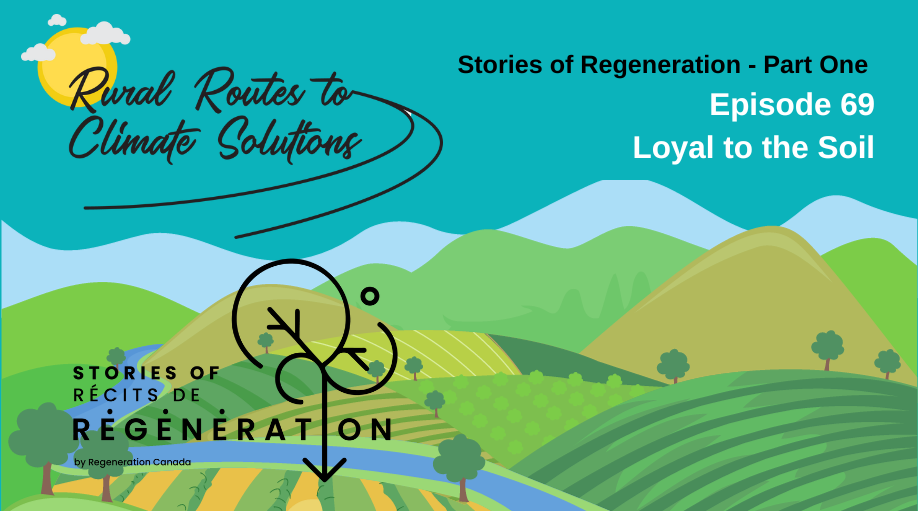
Podcast: Play in new window | Download
Subscribe: RSS
During the growing season of 2023, Rural Routes to Climate Solutions teamed up with Regeneration Canada to connect with agricultural producers across Canada who are tackling the pressing social and environmental crises through the adoption of regenerative agriculture.
One such farm is Axten Farms, situated in Minton, Saskatchewan. With a steadfast commitment to growing healthy grains, Axten Farms takes a regenerative approach focused on enhancing their land’s soil biodiversity, creating a thriving environment for food production. Their unwavering dedication is captured in their motto, “Loyal to the Soil.”
Cultivating Resilience Through Regenerative Agriculture August 17th, 2023
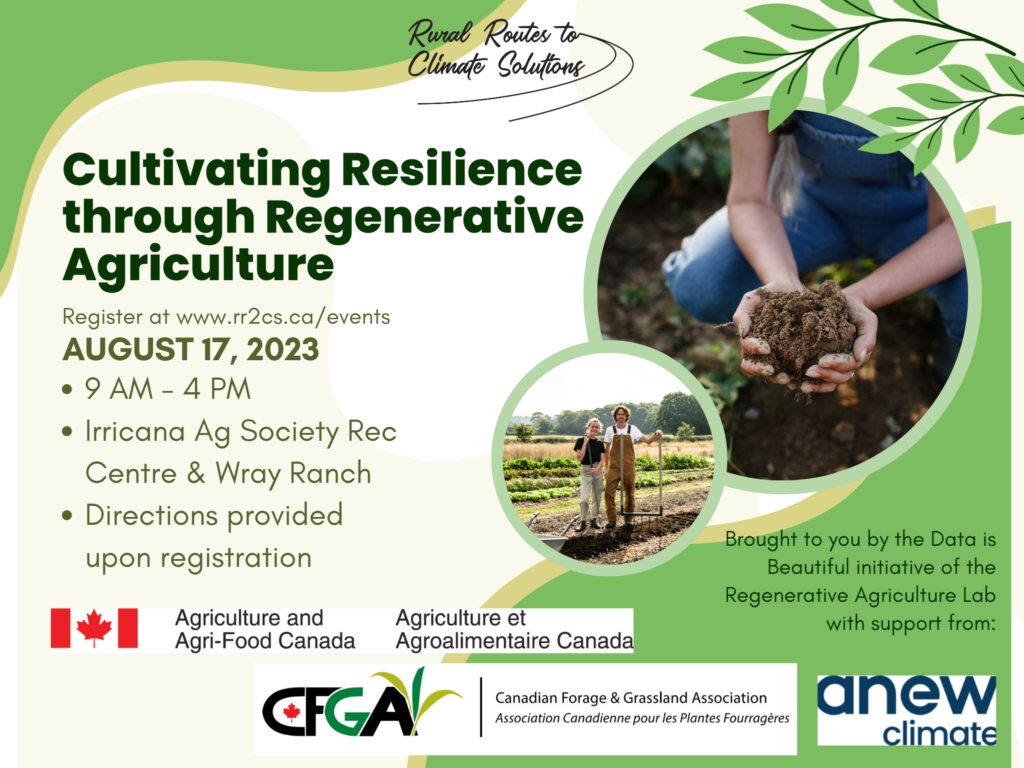
Join Rural Routes to Climate Solutions and the Data is Beautiful Initiative of the Regenerative Agriculture Lab as we discuss how regenerative agriculture practices can benefit you and your soils.
Polycultures: Harnessing Grazing Power August 10th, 2023
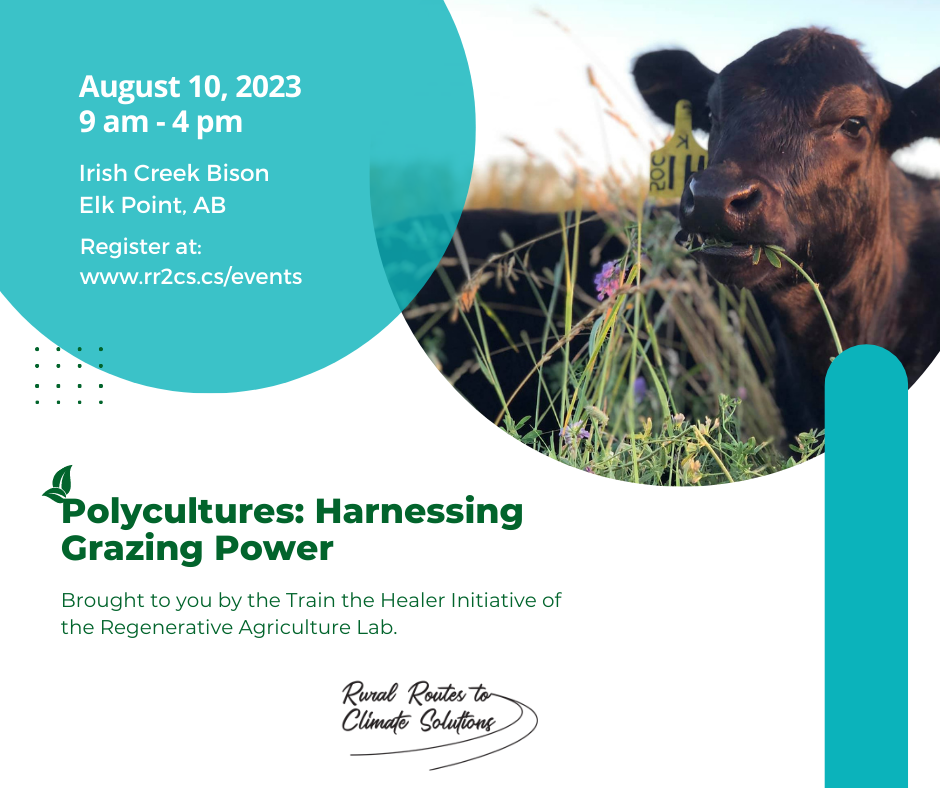
Join Rural Routes to Climate Solutions and the Train the Healer Initiative of the Regenerative Agriculture Lab in a hands-on polyculture learning opportunity.
EP60 Grazing & People
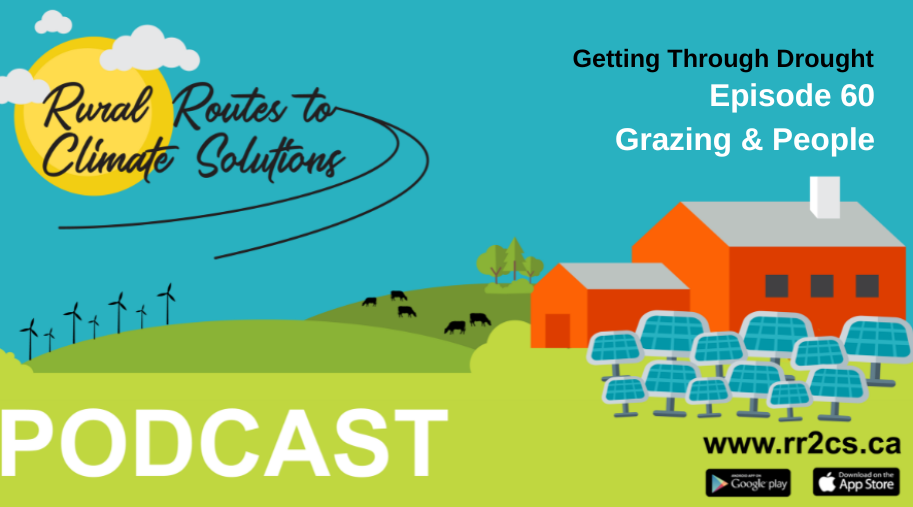
Podcast: Play in new window | Download
Subscribe: RSS
For the remainder of the Getting Through Drought series, we’ll mainly be focusing on grazing management and adjusting grazing during a drought. To start things off, ranchers Blusette and Mark Campbell, out in Meadow Lake, Saskatchewan joined us to share some of what they’ve learned about grazing and herd management.
EP58 Fungi in Drought
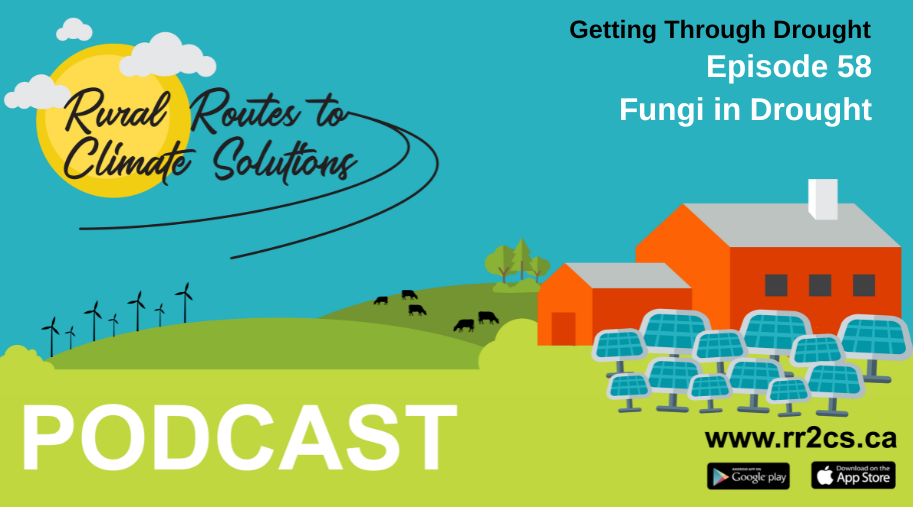
Podcast: Play in new window | Download
Subscribe: RSS
In recent years, mycorrhizal fungi have become a hot topic, especially when talking about soil health.
Mycorrhizal fungi are vast networks of nutrient exchange between plants and other microscopic critters you can find in the soil. Fortunately, the management practices for maintaining this conduit of nutrient exchange tend to be the same ones we’d use in good pasture management.
Can this vast network under our feet help out calf-cow producers in a dry year?
EP57 Riparian Accounts Part Two
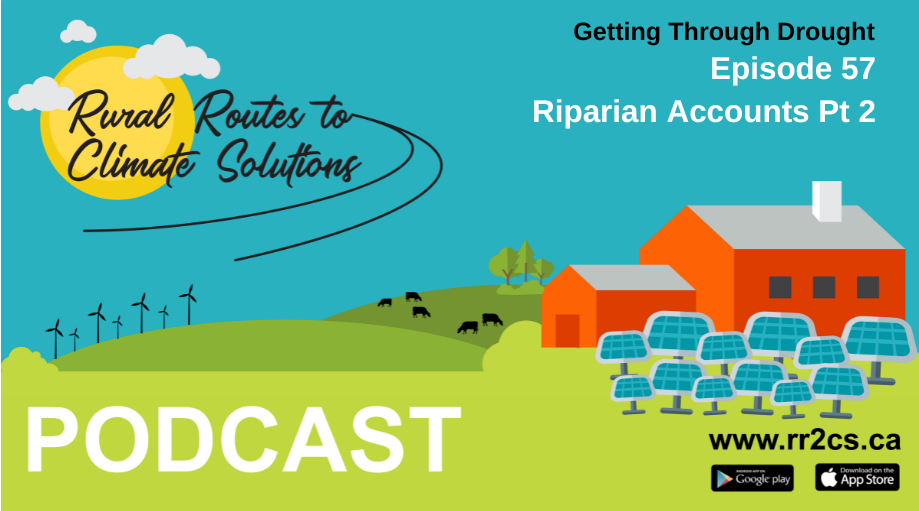
Podcast: Play in new window | Download
Subscribe: RSS
Riparian areas can be a value-added project of the wetlands on your land if you choose to leave your wetlands intact. The wetland itself is great for maintaining the water table and can become an important source of water for your cattle.
In this episode, you’ll be hearing from Art Goerzen of Adullam Ranch to get an additional perspective on why riparian areas can be handy in times of drought.
EP56 Feed Additives
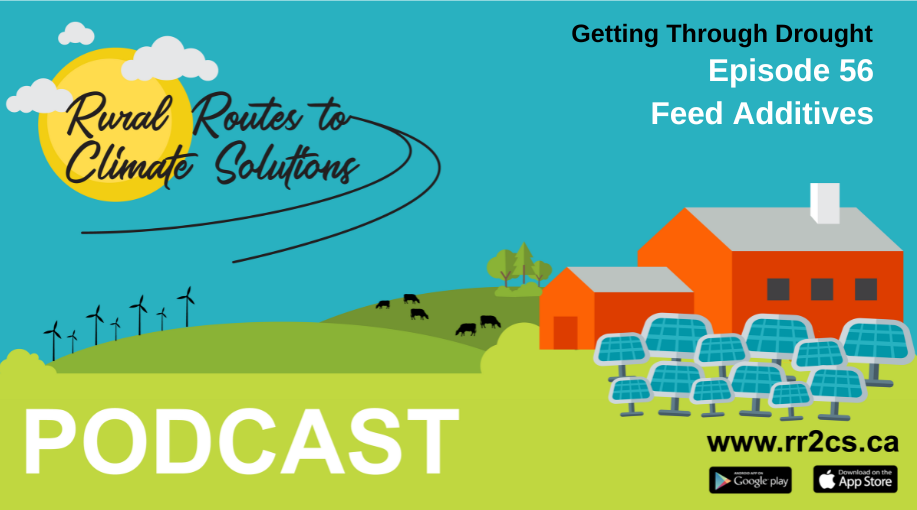
Podcast: Play in new window | Download
Subscribe: RSS
You could argue that compared to other livestock, cattle are pretty simple to feed – get them grazing during the growing season and feed them bales in the winter. However, this relatively simple feeding system begins to fall apart when you get hit by a drought; forage isn’t growing in your pasture and the price of hay goes through the roof. During a dry year, you might want to look into alternatives to hay that can help your cattle get the baseline nutrition they need and get you and your ranch through the year.
In this episode, we are joined by Barry Yaremcio of Yaremcio Ag Consulting Ltd to learn more about feed alternatives.
EP55 Riparian Accounts
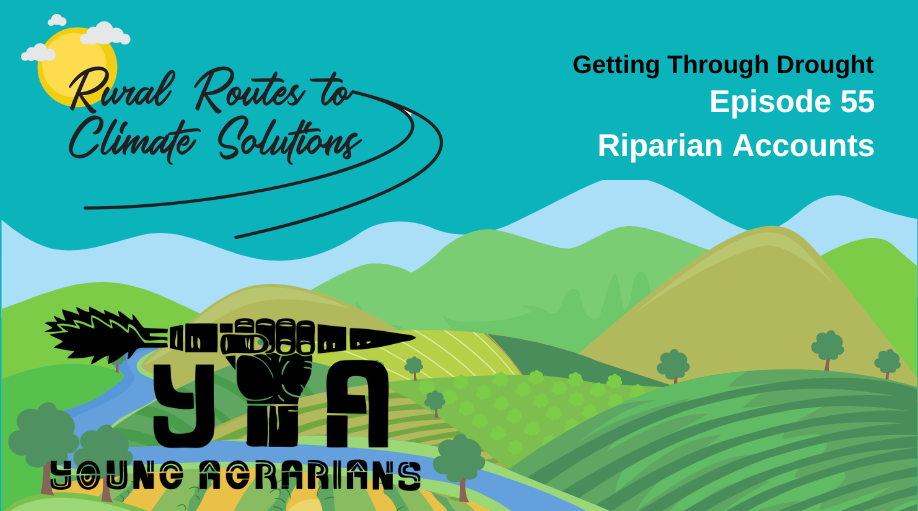
Podcast: Play in new window | Download
Subscribe: RSS
If you manage them properly, riparian areas can be a savings account that you can tap into during a dry year. There are plenty of good reasons for fencing off and protecting bodies of water on your land, like giving biodiversity a boost or keeping water clean for livestock. Not to mention how handy that strip of greenery adjacent to a wetland can be when your pasture isn’t growing or recovering the way you need it to. In this episode, we’re joined by Duane Movald of Movald Ranches, to learn more about managing and stewarding riparian areas.
